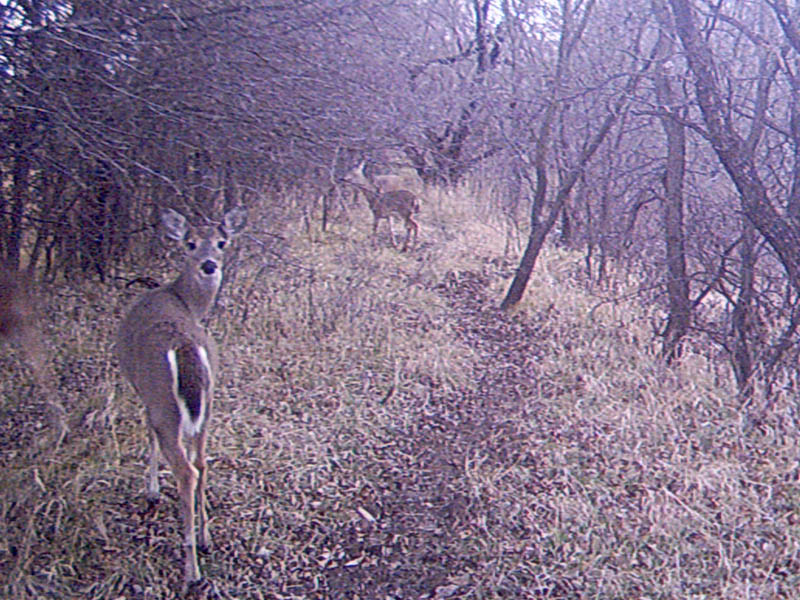

Deer need to cross roads to look for food and water and are sometimes struck by cars. When a deer's habitat becomes smaller because of human development, deer will often eat food from gardens. Because humans and deer often share a habitat, there can be problems for both of them. Their long narrow legs and pointed hooves make it hard for them to move around in the snow and ice and it is easier for predators like dogs to catch them.ĭeer and people are living closer to each other because of human development and growth in deer and human populations. Young deer and old deer often get sick and die, especially in the winter. Disease and parasites like lice, mites and roundworms can weaken or kill deer. Other things can change deer populations. In rural areas, hunters help control deer populations, but in suburban and urban areas hunting is often not allowed and deer populations can grow out of control. Because there are not many natural predators, deer populations can sometimes grow too large for their environment and deer can starve to death. Sometimes a bobcat or a coyote will kill a young deer, but people and dogs are now the deer's main predator. Gray wolves and mountain lions used to be predators of the white-tailed deer and helped keep their population under control, but because of hunting and human development there are not very many wolves and mountain lions left in most regions of North America. In some areas, deer overpopulation is a problem. Habitat The white-tailed deer lives in wooded areas. Male bucks may live in groups consisting of three or four individuals, except in mating season, when they are solitary. When a doe has no fawns, she is usually solitary. Deer collect in family groups of a mother and her fawns. The white-tailed deer can be found in southern Canada and most of the United States, except for the Southwest, Alaska and Hawaii.Ī deer's home range is usually less the a square mile. Males weigh between 150 and 300 pounds and females weigh between 90 and 200 pounds. It has white on its throat, around its eyes and nose, on its stomach and on the underside of its tail. ICUN Redlist - World Status: Least Concernĭeer is tan or brown in the summer and grayish brown in winter.


 0 kommentar(er)
0 kommentar(er)
